How truly viable is wind energy?
Dr. Robert M. Gresham, Contributing Editor | TLT Lubrication Fundamentals January 2010
The answer, my friend, is blowing in the wind—and in ongoing tribology research.
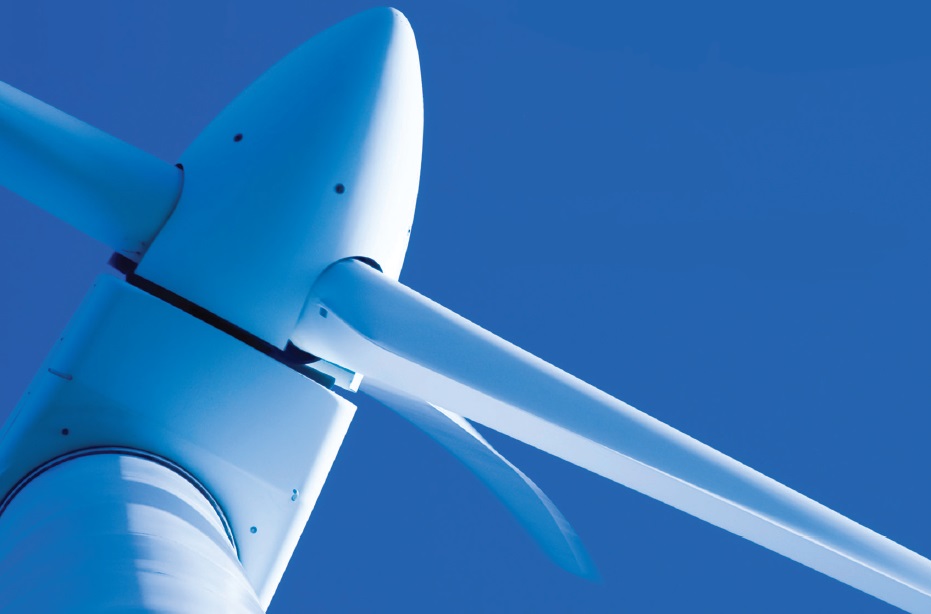 www.canstockphoto.com
www.canstockphoto.com
KEY CONCEPTS
•
The U.S. is looking to increase its percent of electricity supplied by wind from 2% to ~20% by 2015.
•
While wind turbines are on a par with the installation costs for other forms of energy, many costly problems still exist with their maintenance and repair.
•
STLE is at the forefront of technical research that will make wind turbine technology a bigger player in America’s energy future.
Last year in TLT I discussed the wind energy issue and said that I couldn’t help but feel a little skeptical about the whole thing. Well, wind turbines haven’t gone away; indeed there is a new wind farm just a few miles north of where I live in Indianapolis. While my skepticism remains, there is a whale of a lot of activity and money being spent on what is clearly a hot topic. That is how problems are overcome.
So what are the issues a year later?
The recent STLE-ASME sponsored International Joint Tribology Conference featured another special session on the technical problems associated with wind energy. To put it in perspective, we are talking about electricity generation. Electricity can’t be stored and needs to be transferred to points where it is needed. So when we talk about wind supplying some percentage of the nation’s energy, we are talking only about its electrical-energy needs—still an enormous number but not as daunting as replacing all forms of our energy needs.
According to Greg Ziegler with SKF, electricity sourcing in the U.S. breaks down as follows:
•
Coal: 50%
•
Gas: 22%
•
Nuclear: 20%
•
Hydro: 7%
•
Wind 2%.
The U.S. goal is to increase wind to ~20% by 2015. That is a pretty impressive growth industry by any standard.
According to Sandy Butterfield with the National Renewable Energy Laboratory in Boulder, Colo., the cost of installation is as follows: wind $1,900 per kw vs. $1,800 for coal and $9,000 for nuclear. So the cost of installation at least keeps wind technology in the game. Indeed, the largest supplier of wind turbines in the world, Vesta, a German company, cranks out a new turbine every 45 minutes. GE and Siemens also are key players. So clearly there is a global business commitment to the wind industry.
The next key issue is that we already have an electricity transmission grid pretty much in place, although it is a little antiquated and, more important, not oriented toward locations where there is consistent wind. So there needs to be a significant upgrade of the grid system if wind is to become a larger contributor to our energy needs. That will be expensive. Finally, where is there consistent wind?
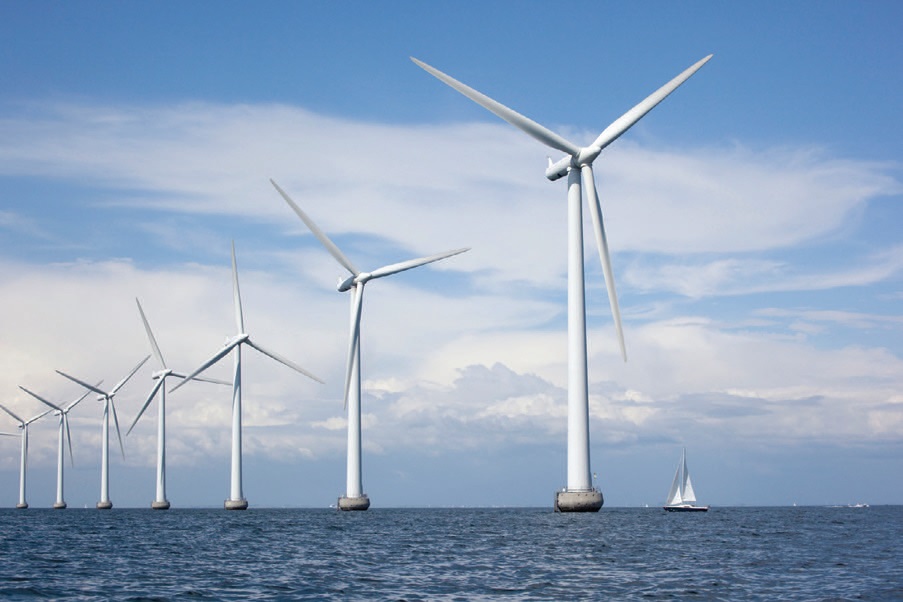 Ocean-based wind turbines have a lot of advantages and a few disadvantages.
Ocean-based wind turbines have a lot of advantages and a few disadvantages.
Turns out the region of the country encompassing western Washington, Montana and the Dakotas south through to north Texas has pretty consistent wind. But this isolation increases maintenance costs, especially in winter.
When one thinks a little deeper on the location of wind and the need for electricity, Mr. Butterfield makes the point that we need most of our electricity on the coasts where most people are. So it is actually more logical to have most of our wind farms in the oceans where there is plenty of open space, in fact, two-thirds of the earth’s surface.
Ocean-based wind turbines have a lot of advantages and a few disadvantages. First, the water has to be relatively shallow (<20M), or we have to invent huge floating wind farms. This is doable, based on technology learned from off-shore drilling, but surely will add to the cost. Thinking globally, there is less of a negative environmental impact, at least once these floating farms are built. As any sailor knows, there are many areas on the oceans where there is almost always plenty of wind such as the trade wind belts. If far enough out to sea, wind farms are not an aesthetic problem except to the passing yacht or cruise ship.
ENGINEERING ISSUES
What about the engineering issues? First, we have not yet optimized the designs, although they generally fit the schematic, as shown in Figure 1. Indeed, I think we actually have a long way to go. We know that by varying the blade pitch, we can run the fan blades at a constant speed with tip speeds ~80 feet per sec. This greatly reduces noise and results in a relatively slow-speed (~20-30 rpm), high-torque machine, which results in a relatively constant electrical output and reduces stresses on the hardware.
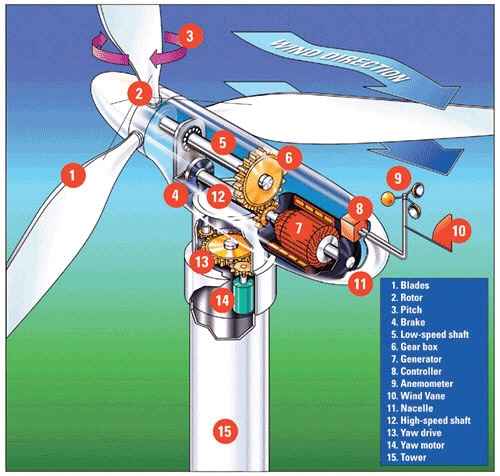 Figure 1. The engineering for most wind turbines fits the general design depicted in this schematic. But more work is needed.
Figure 1. The engineering for most wind turbines fits the general design depicted in this schematic. But more work is needed.
Next, we haven’t optimized the size of these machines. They are getting larger and larger, with individual arms commonly on the order of 120 meters. The trend, especially for ocean wind farm turbines, is toward colossally large machines.
Given that we haven’t optimized the size of these machines, what are some of the other engineering issues? This is one of the areas where life is not what we would prefer.
The design goal for wind turbines is a lifespan of 20-30 years. From an investment standpoint, we are looking at a goal of a 6-7-year payback. The reality is that we are having maintenance problems in the 3-5 year period.
As we heard at the 2008 STLE Annual Meeting in Cleveland, blade design and control has evolved to a pretty high level, allowing for very efficient capturing of the wind’s power as well as helping to control speed and torque. For the most part the blades seem to be working pretty well, although the blade pitch control bearings and the attendant control system are still experiencing premature wear problems. Recognize that these bearings are on the order of six feet or more in diameter, which poses severe manufacturing problems in terms of maintaining tolerances and surface finishes readily achievable in much smaller bearings.
The yaw bearings and their control system have similar problems. These bearings are much larger yet. Fortunately, we find that the electrical generator also is not a major problem, but we are concerned with stray electrical currents leading to wear and micropitting of gears and bearings in the rest of the system due to electro-corrosion mechanisms.
The main rotor bearings, pitch and yaw bearings and generator bearings often are grease-lubricated. These bearings, depending on location, can see temperatures from -30 C to as high as 100 C. The grease, specially blended for this application, is based on a VG 460 oil.
An additional weak spot in the overall design are the gearboxes. Additionally, the design direction for the gearboxes are toward progressively higher ratios to a high of 100:1. That is, the rotor blade shaft goes into the gearbox at ~20-30 rpm and the output shaft spins at ~1,800 rpm or more. Further, the goal is toward less massive gearboxes. Current gearboxes, similar to the one shown in Figure 2, can be larger than a Volkswagen. All this adds more and more stress to the system. So how are we going to deal with these problems?
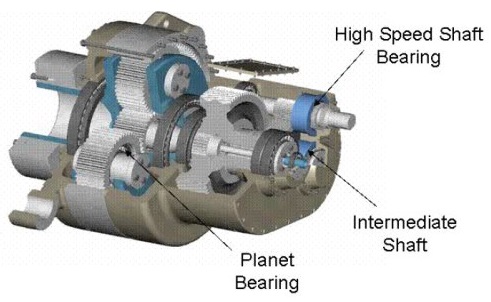 Figure 2. Generalized gearbox schematic.
Figure 2. Generalized gearbox schematic.
In April, the U.S. National Wind Technology Center held a workshop on micro-pitting of gears and bearings in wind turbine gearboxes. ST LE-members Drs. Ali Erdemir, Argonne National Laboratory, and Mike Kotzalas, The Timken Co., represented not only their employers but also the newly formed Wind Energy Tribology (WET) Committee of the ASME Tribology Division. The outcome of the meeting was to have the WET Committee continue the work started at the workshop.
Dan Brake from NextEra Energy, the largest wind turbine operator in the U.S., spoke at the 2009 IJTC meeting. He mentioned that while gearboxes may represent a large monetary issue in terms of reliability, the most unreliable of the subsystems are pitch and yaw systems. The exact issues in pitch and yaw causing the problems had not been analyzed through NextEra’s data. We need a better understanding of these problems before solutions can be developed.
Micropitting appears to signal the onset of failure in both bearings and gears. However, the general operating parameters involved in causing micropitting, as well as the possible solutions or mitigation methods, are expected to be different. Therefore, two WET Committee teams have been formed to:
1.
Define micropitting in terms of this project.
2.
Define the causes and onset of micropitting on the gear or bearing components in terms of operating conditions or design parameters.
3.
Discuss potential solutions or mitigation methods. Finally, we need to understand and define application-specific lubricant fluid management for the components of wind turbines.
This last issue is surely STLE’s turf, and we will respond. Some of the issues we need to address include:
1.
Understanding the causes and onset of micropitting in each of the systems.
2.
Defining the correct lubricant tests to detect the early onset of both component and lubricant failure.
3.
Defining the frequency of tests and also considering real-time condition monitoring via remote sensing technology.
4.
To avoid paralysis by analysis, defining a decision-tree protocol to guide the turbine operator with viable, cost-effective corrective actions.
Existing and future turbines could greatly benefit from a proactive maintenance program that includes rigorous attention to contamination control and a sophisticated condition monitoring program involving remote sensing and transmission to wind farm control centers. All stuff we (STLE kind of folks) pretty much know how to do.
To further put the problems into perspective, Dan Brake mentioned that the cost of bringing in a 400-ton crane to service the turbine would cost about as much as replacing the entire gearbox. Clearly, this needs to be avoided or at least delayed well beyond today’s current problems. In other words, we really need to get to the goal of 20-30-year lifetimes for the turbines. A daunting challenge.
Sure, there are outside factors that will affect this industry, including the whims and swings of our political class, which affect funding of the needed research to solve these problems. However, this is a global business. The train has left the station, so the U.S. will be on board—as either a leader or follower but involved regardless.
Turmoil in the financial markets may slow investment but is not likely to stop it. As we go forward, I think you can look to more involvement by STLE and its members in this growing industry. At this year’s annual meeting, there are plans for a wind turbine track. Exploring and sharing new technology is what STLE’s mission is all about.
So answers to our energy issues will be doing more than just blowing in the wind, my friend—they’ll also be present this may at STLE’s annual meeting technical sessions.
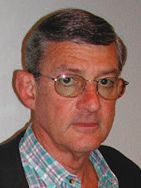 Bob Gresham is STLE’s director of professional development. You can reach him at rgresham@stle.org
Bob Gresham is STLE’s director of professional development. You can reach him at rgresham@stle.org.